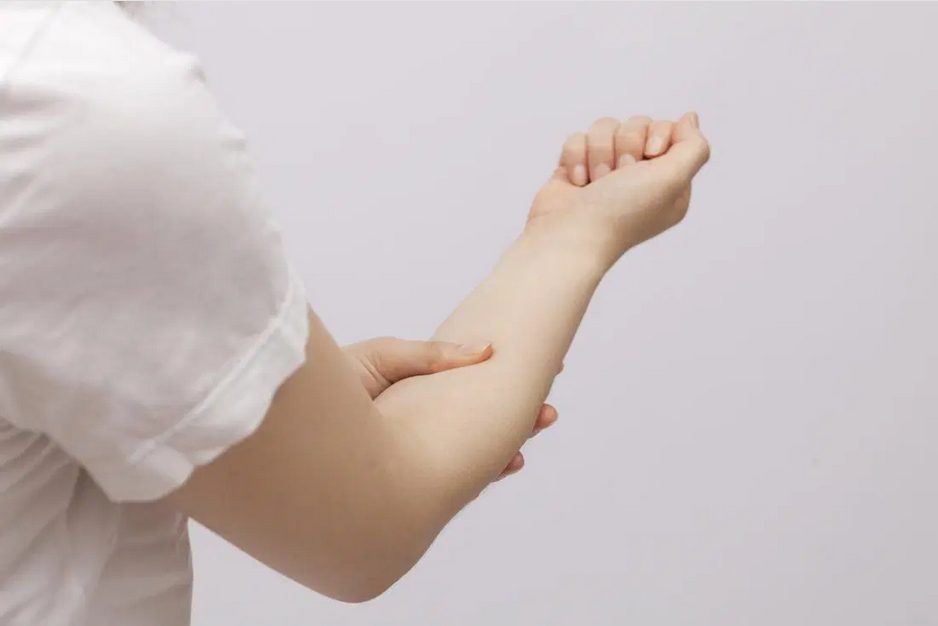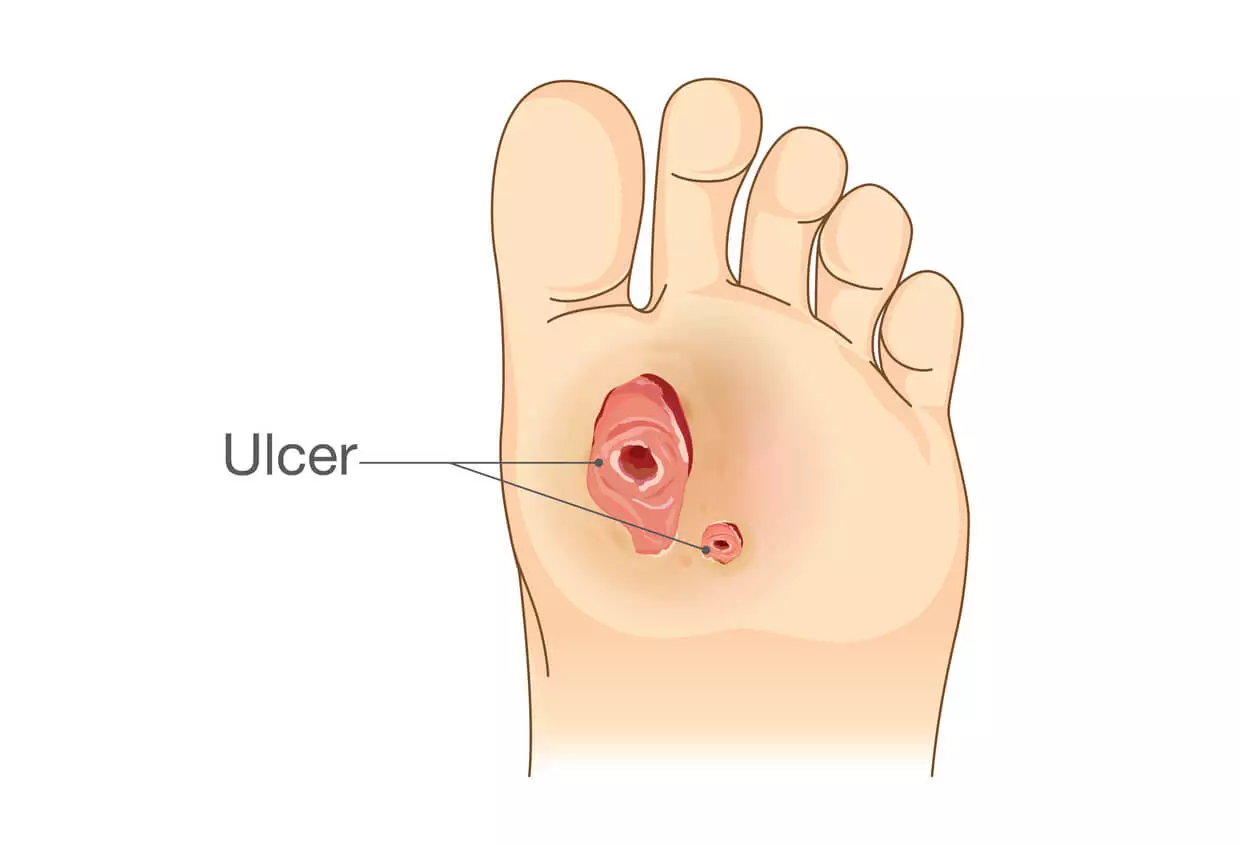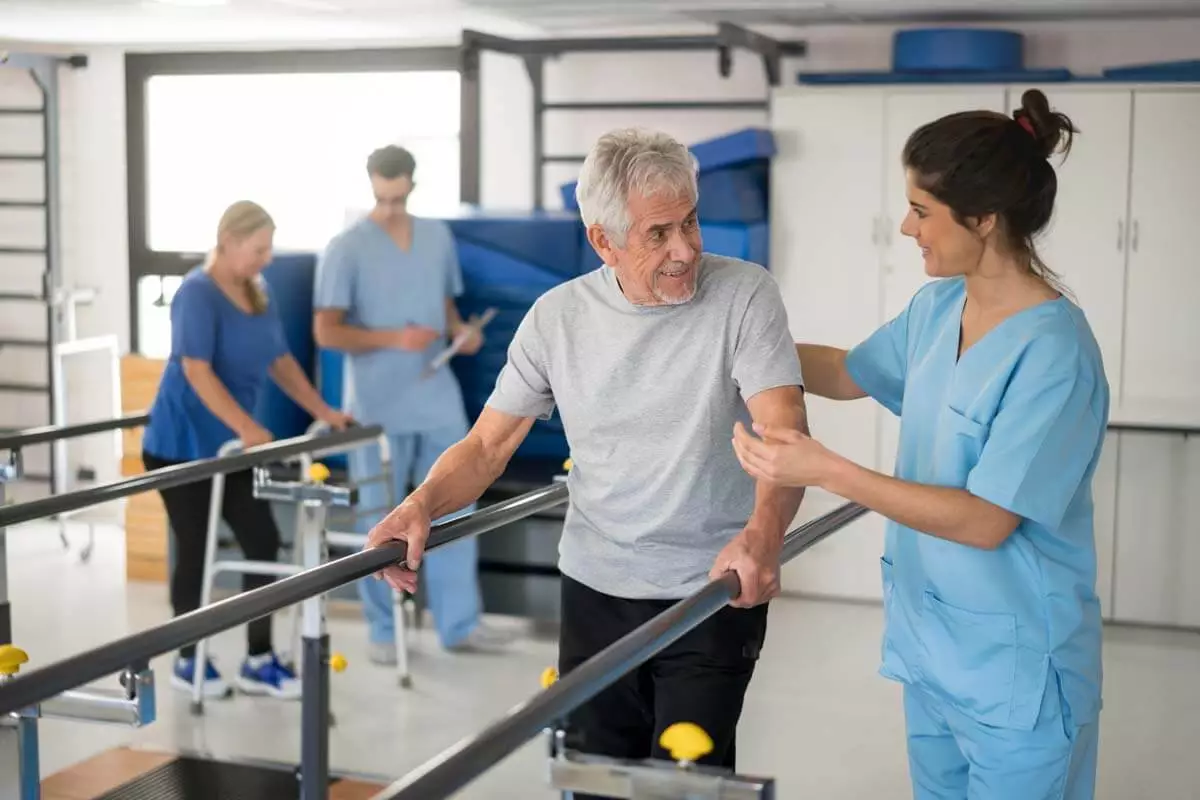Historically, a thick beard in a man has been associated to some characteristics like masculinity, virility and even wisdom. Likewise, beards are considered as a sign of ruggedness and strength and, at the same time, results attractive for some women.

However, some men just can’t let his beards grow naturally for different reasons.
Although the growth of the beard is closely related to the hormone testosterone, recent studies have shown that, contrary to the popular belief, the beard growth does not depend on the levels of the male hormone but to the sensitivity or response of his body to it.
Although being unable to grow a beard is not related to any medical condition, some men wish to increase the amount of their facial hair at any cost. So, some experts have developed the beard transplant.
WHAT IS A BEARD TRANSPLANT?
A beard transplant can be defined as the procedure that helps to restore the hair growth in facial areas where there is no hair or it is very thin. This procedure can be performed to restore the hair in the mustache area (most common), beard, sideburns and cheeks.
A beard transplant can also refer to scalp hair restoration in which the beard hair is used as the graft. However, when a person refers to this procedure, he/she would say hair transplantation from the beard and not beard transplant.
BENEFITS OF UNDERGOING A BEARD TRANSPLANT
Most men who undergo a beard transplant want to improve the current aspect of his beard or increase the hair volume that it has. Likewise, a beard transplant can be used to conceal surgical, traumatic or acne scars in the face.
Most men that undergo a beard growth transplant refer that they recover their self-confidence because they obtain the look that they desire, which also helps to improve their social relationships and mood.
WHY SHOULD I UNDERGO A BEARD TRANSPLANT?
A beard growth transplant is ideal for those men who wish fullness in some facial areas, especially those with no hair or where hair is thin.
Facial hair loss can occur due to different reasons, including genetic causes, reduced sensitivity of testosterone receptors, laser hair removal, surgical and burn scars, electrolysis, among others.
The man can wish from a minor filling of the beard hair in some small facial areas to a full recovery of a thick beard, thus obtaining good results from this procedure.
WHAT SHOULD I DO BEFORE UNDERGOING A BEARD TRANSPLANT?
Before undergoing a beard transplant, the man must have a consult with the plastic surgeon to determine some basic points in this procedure. One of them is the patient’s general health, so some blood tests must be required.
Likewise, it is recommendable for the patient to bring a photograph of a person with a beard like the one he wants, this way the surgeon can determine if it is a realistic expectation or not and decide which is the best way of treatment.
HOW IS A BEARD TRANSPLANT PERFORMED?
A beard transplant consists of transplanting scalp hair to specific facial areas according to the patient’s needs. In some cases, beard hair can be used as a graft to improve the hair density of other facial areas like the mustache, but it is less frequent.
As in a hair transplant, the grafts used in a beard transplant are usually obtained from the sides and the back of the scalp. The plastic surgeon decides the best area to be used as donor in each patient according to the scalp hair similarity with the facial hair.
According to the patient’s needs and the facial area that will be treated, the surgeon will use a different number of grafts. For example, when the transplant is made to improve the mustache, the surgeon usually needs between 350 and 500 grafts.
However, to improve the hair thickness in a cheek beard or the appearance of a goatee, the surgeon may need to transplant up to 700 grafts. On the other hand, to improve the sideburn appearance, between 200 and 250 grafts may be enough.
The plastic surgeon carefully removes the graft from the scalp with a special needle to later place it in the facial area. Likewise, to avoid scarring, the needle must be very thin and the grafts must be properly distributed.
The plastic surgeon uses local anesthesia to avoid pain during the procedure. The grafts must be carefully placed to imitate the correct angle and direction in which the hair grows naturally.
It is important to know that, although it is not frequent, some patients may require undergoing a second beard growth transplant to obtain the desired results. Likewise, the transplanted hairs are permanent and they grow like the natural facial hair. The man can shave it like he does with the rest of the facial hair.

Herry a man of many talents and interests. He has been writing on health for years and his blog covers everything from diet to natural remedies, fitness, and more. He loves learning about new things like supplements like turmeric, probiotics, green tea extract, protein powders etc., because he wants to give his readers the latest information they need in order to make healthy decisions for themselves or their loved ones.












